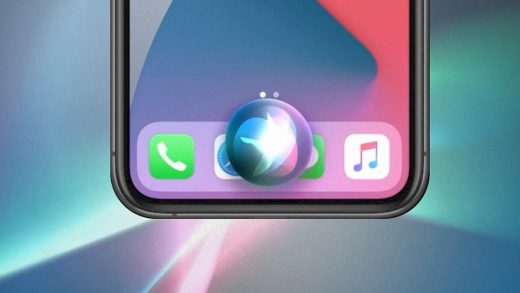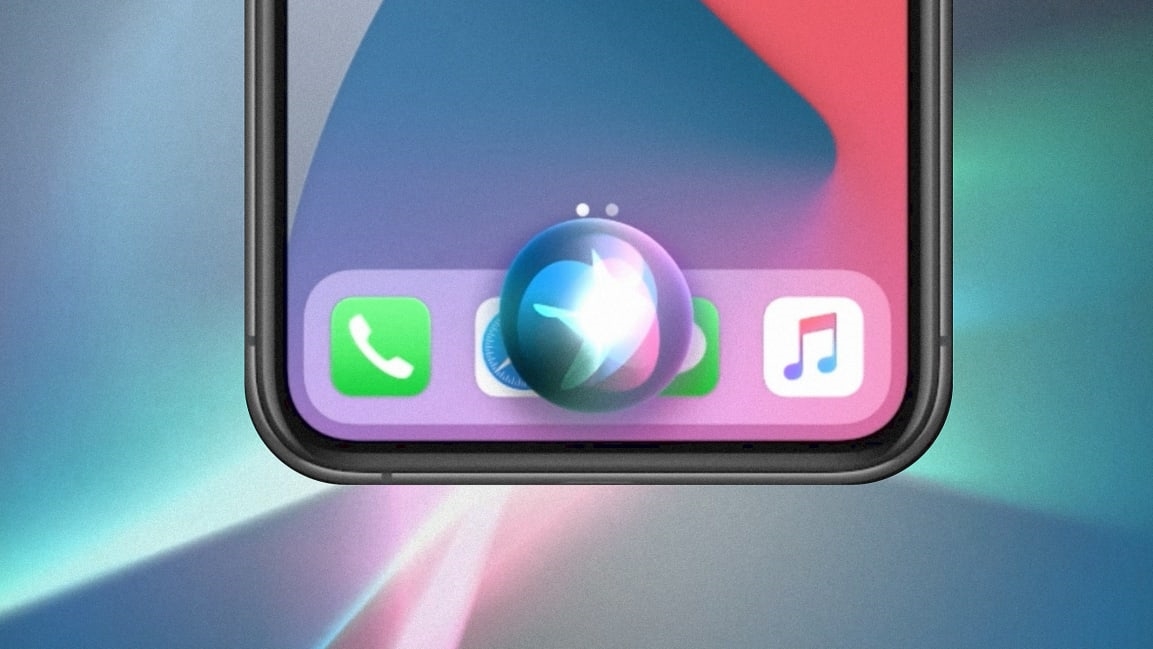The iPhone’s new Siri breaks all of Apple’s design rules—and it’s genius
Apple introduced Siri nine whole years ago now, firing the first shot in the voice assistant wars that would quickly be joined by Google and Amazon. Apple still controls a significant portion of the voice assistant market, if not a majority, but pretty much everyone agrees: Siri is a missed opportunity that doesn’t feel as smart or as necessary as competing products.
Now, Apple is making Siri seem more essential through design. Currently, when you hold the Home button or say “Siri,” you’re taken to a full, grayed out screen with a multicolored waveform. It’s what I’ve mentally categorized as the “oops” screen—for “oops, I activated Siri again.” But when you hold your finger to the bottom of your iPhone screen in the upcoming iOS 14, Apple reveals Siri at the bottom as a big, spinning marble that seems to pull from every color of the rainbow, popping out from the rest of the flat interface in 3D (and covering other apps). It’s absolute visual overkill. This is futuristic Marvel movie stuff, as if Siri were designed by Apple in the year 2030 and sent back to the iPhone of today.
This approach defies Apple’s normal style of button-up, minimal design punctuated by charming animations. The new Siri is the opposite: It’s maximal. It’s spectacle. It dares you to look away. It makes Siri seem like the most technologically advanced, most important part of your iPhone.
Contrast the new Siri to how Google handles its assistant in Android through a similar gesture: The assistant appears as a subtle gradient, which reveals a line of Google’s four main brand colors. Google isn’t using this moment to look particularly smart or loud; it’s using this moment to fade away.
No doubt we will all quickly adjust to Siri’s new look, and what’s overt today will seem bland tomorrow. But if you want a signal that Apple sees Siri as core to the future of its business, then look no further than the shimmering, iridescent AI dancing at the bottom of your screen.
Fast Company , Read Full Story
(22)



